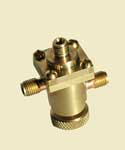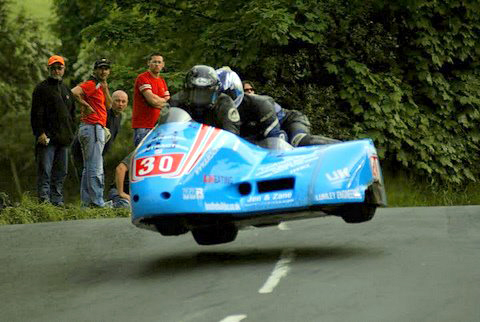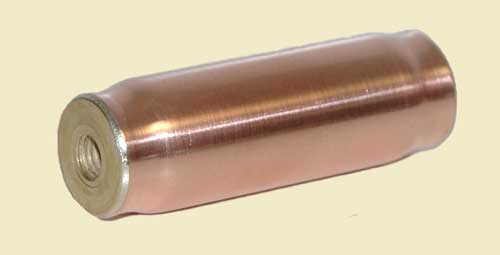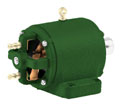|
A Gas tank for the |
|
|
BIX029
Boiler Pressure Regulator.
Click
here
for details


Forest Classics, sponsors
of Robert Handcock &
Ken Edwards, at the Isle
of Man TT races.
Congratulations to Rob & Ken for winning 5th place at the 2012 Sidecar event!
Visit RJ Road Racing website
Click
here
| The Fowler Plough Engine | ||||
|
1" Scale |
||||
| "Capable of pulling one adult" | ||||
|
Ready to run - Price: £4495.00p |
||||
| Painted Kit - Price: £4295.00p | ||||
| (All prices include V.A.T.) | ||||
|
|
||||
|
|
||||
|
Click here for more pictures |
||||
|
Fowler were the leading manufacturer of steam ploughing equipment from the 1870ís right through to the end of steam in agriculture. They were the largest and most powerful traction engines in common use and were exported round the world. They were even built in Germany to a similar design by several manufacturers. In use there would be two engines, one either side of the field. The wire rope on the drum under one engine was wound out and attached to a double ended plough. The other engines rope was attached to the other end of the plough. The plough could then be pulled across the field by each engine in turn, both engines moving forward as the ploughing progressed. This method prevented the heavy engines from compacting the soil as they would with direct action ploughing. Other implements could be used instead of the plough, to harrow or land drain fields for example. One particular job which is still the reserve of the steam plough engine is dredging lakes and rivers, the great length of wire rope used in steam ploughing being ideal for this job. Our model represents the class BB1 engine, the largest engine to see common use in the UK. It comes as a twin cylinder compound, with two speed gearing and a coal fired boiler. There is a crankshaft driven boiler feed pump with bypass valve, and all the correct cable plough drum equipment with bevel gear drive and clutch, as on full size. |
||||
|
Fowler Plough Engine Specifications |
||||
| Length | - | 574mm | ||
| Width | - | 211mm | ||
| Height | - | 303mm | ||
| Weight | - | 14 kg | ||
| Scale | - | 1:12, 1inch to 1 foot | ||
| Wheel diameter, front | - | 127mm | ||
| Wheell diameter, rear | - | 170mm | ||
| Wheel Base | - | 348mm | ||
| Cylinder size | - | HP14 LP20 x 25mm | ||
| Valve gear | - | Stevenson's link | ||
| Boiler | - | 64mm x 288mm | ||
| Grate | - | 78mm x 45mm | ||
|




